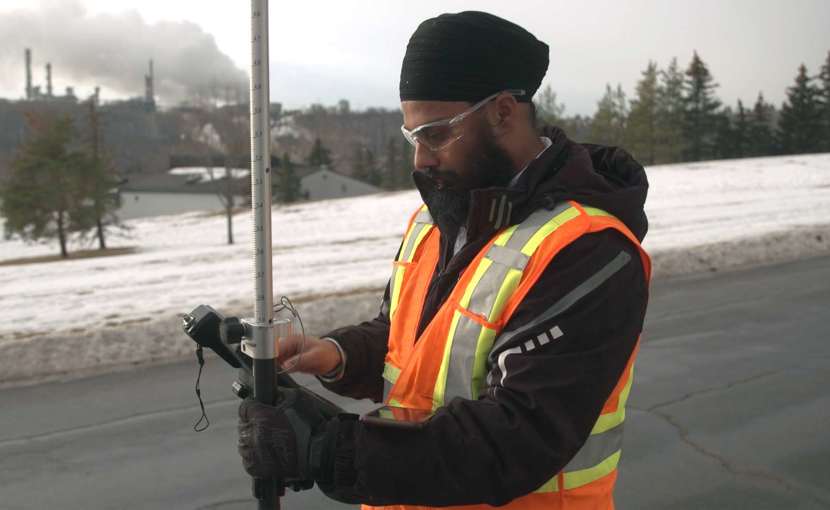Geomatics Technologist
Geomatics technologists carry out or take part in field surveys, office calculations, and planning. They search for the exact locations of natural features and human-made structures on the Earth’s surface, underground, and under water. They define the positions of these features in relation to each other.



